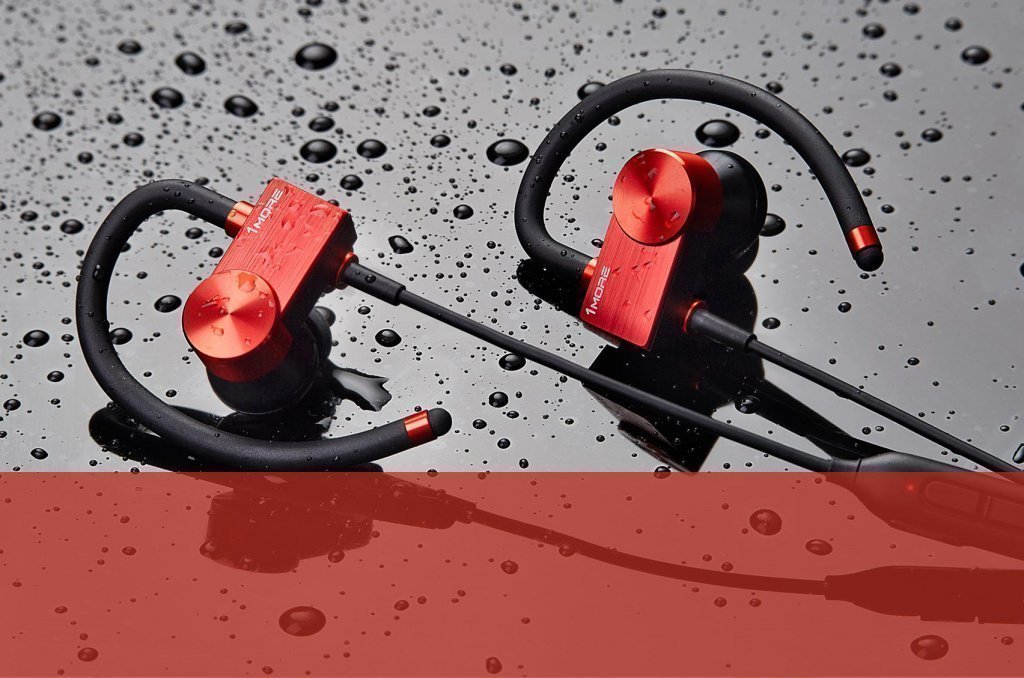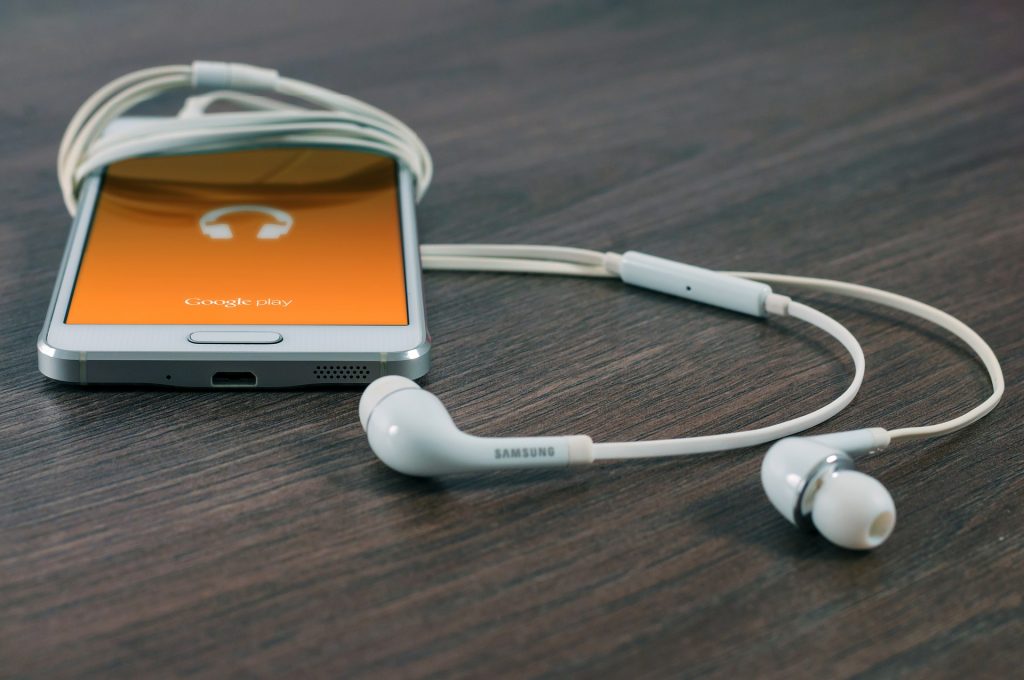How to choose headphones
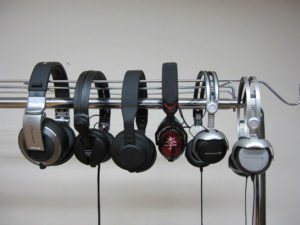 Until recently, headphones were used only by professionals for work. Therefore, they were not in demand by a wide audience. Music was listened to from tape recorders or radios. The record players were bulky, so they were not carried, but used at home. The question of how and which headphones to choose was not even faced by users.
Until recently, headphones were used only by professionals for work. Therefore, they were not in demand by a wide audience. Music was listened to from tape recorders or radios. The record players were bulky, so they were not carried, but used at home. The question of how and which headphones to choose was not even faced by users.
The development of digital technologies has made media devices compact and lightweight. This made it possible to use them outdoors, during sports or while traveling.
The content of the article
What types of headphones are there?
The market for modern audio devices offers a wide selection of headphones, and it can be quite difficult to settle on just one suitable option.
All products can be divided into several main types:
- Drops or inserts. They have this name because they are fixed by inserting the product into the auricle. They are of standard sizes, so they can fly out of the ear during use. Since the headphones are small in size, they cannot provide good sound quality and clear bass. The main advantage is the low cost.
- Vacuum. They have a soft silicone pad, which ensures better fixation than droplets.Their sound insulation is quite good, so the sound quality is decent, and the low frequencies are “juicy”.
- Monitor (full size). Very comfortable products that cover the entire ear. They come in two types - closed and open. The former are used for professional work, as they provide complete isolation from external sounds. The second option has holes. They are very popular among gamers and music lovers.
- Overheads with special fastening. Thanks to their design, they fit tightly on the auricle and provide excellent noise insulation. Unlike full-size ones, they have much smaller dimensions.
- Wired. This headset connects to an external audio device using wires. It has a number of disadvantages - the radius is limited by the length of the wire, and the cable itself very often gets tangled.
- Wireless. A very popular option. It provides mobility thanks to the absence of wires. However, the sound quality depends on the wireless audio transmission technology.
- With built-in microphone. A convenient option that makes communication via smartphone, tablet and other device more comfortable.
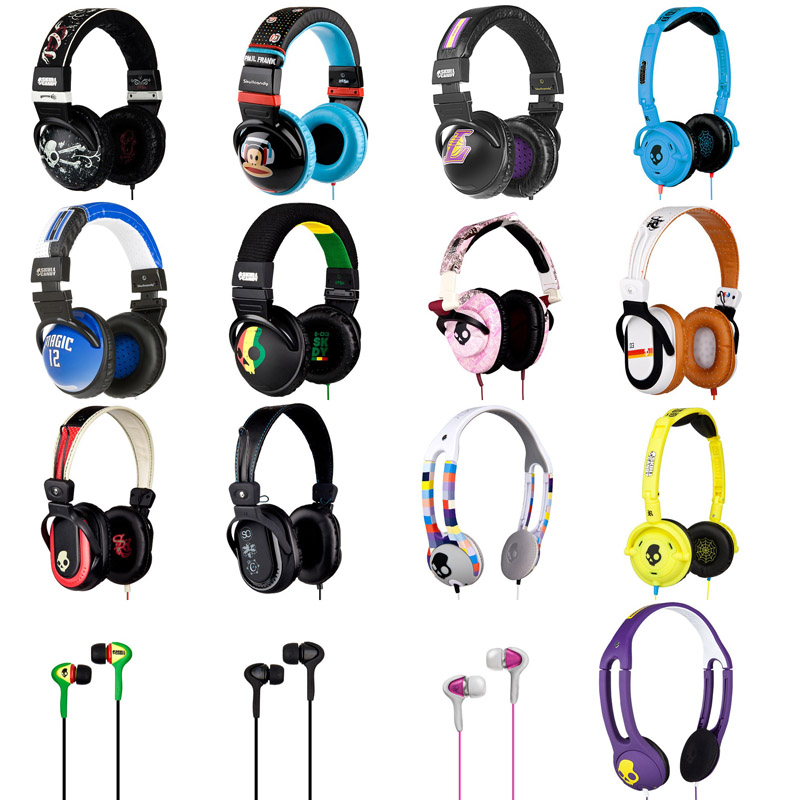
Each of the accessories has its own purpose, pros, cons and characteristics.
What characteristics to look for when choosing headphones
All headphones have common characteristics, the indicators of which are individual for each device. When purchasing a product, you should pay attention not only to its appearance and design, but also to its operating parameters.
The main indicators that should be taken into account when choosing are:
- Impedance.
- Power.
- Harmonic distortion level.
- Range.
- Sensitivity.
Resistance
The higher the resistance value of the device, the stronger the incoming signal is required to swing its membrane. When choosing headphones, you need to start from the output impedance of the product to which they will be connected.
If you connect full-size studio headphones to the player, the sound will be very quiet, since the optimal value for a player, tablet or smartphone is 15–50 Ohms. For the studio version with a value of 250 Ohms, you need a resistance of 500.
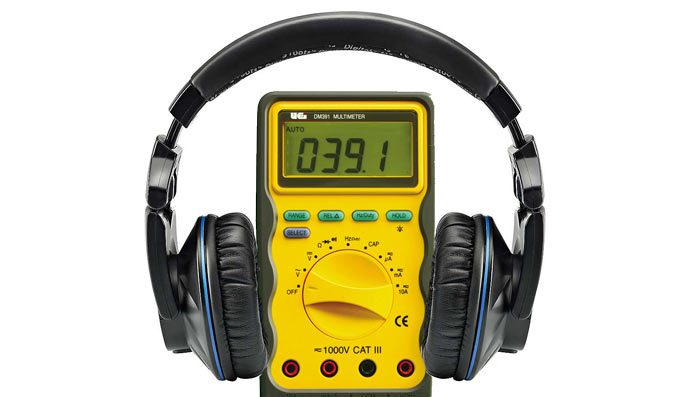
REFERENCE! Resistance is responsible for the purity of sound; the higher its value, the purer the audio signal will be.
Power
This characteristic must correspond to the connected products. If the external player has this value significantly higher than the headset, it may break. It also affects the charge of wireless devices. With high power, the battery will drain much faster. The optimal value is 100 mW.
Harmonic distortion level
This characteristic means the distortion of the audio signal, it is measured as a percentage. The lower it is, the better the sound will be. The optimal value is 0.5%.
ATTENTION! Products with harmonic distortion levels greater than 1% are considered low quality.
If this characteristic is not indicated on the packaging of the headphones, you should refuse to purchase them. Many manufacturers thus hide the fact that the product is of low quality.
Range
A value characterizing the frequency range in which the audio signal is reproduced. The wider this value, the better the sound quality will be. Structurally, this depends on the diameter of the device membrane.The presence of a large diameter membrane means that the covered frequency range will be wider. The human ear can hear sound at frequencies from 16 to 20,000 GHz. A value between 20 and 20,000 GHz will be optimal for headphones. The device will transmit low and high frequencies equally well.

ATTENTION! The presence on the product packaging of values below 16 and above 20,000 GHz indicates deception by the manufacturer and is a simple advertising ploy.
Sensitivity
Sensitivity affects sound volume. It depends on the type and size of the magnet used. The larger it is, the louder the sound will be. Therefore, small headphones, such as on-ear or vacuum, sound much quieter than full-size ones. The standard value is 100 dB.
Other characteristics
If you plan to use headphones with a built-in microphone, you should pay attention to its characteristics. Headsets use two types of microphones: dynamic and condenser. The second option provides the best signal transmission. A very important feature is the noise reduction function.
How to choose the right headphones depending on the purpose of use
When choosing a product, you need to take into account the purposes for which it will be used:
- if high-quality sound is not the main characteristic, and the headset is needed for use with a smartphone, then the optimal solution would be droplets or vacuum headphones;
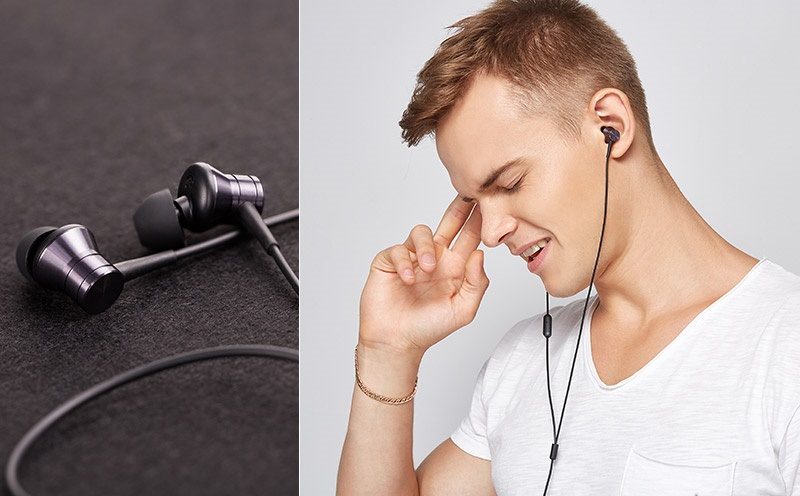
- for sports, when a person is actively moving, the comfort of use is important, which an on-ear headset can provide;
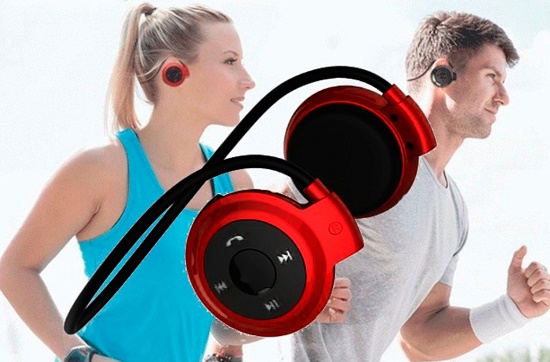
- full-size open-type products are suitable for music lovers and gamers;
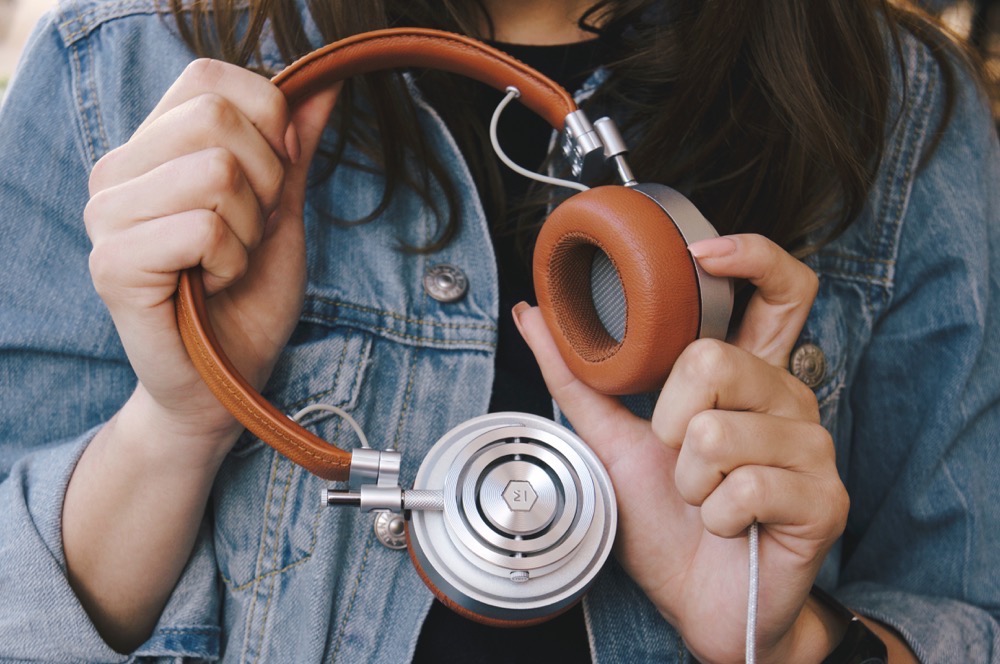
- for comfortable viewing of TV shows, the best choice would be a wireless version of the product - such an accessory is also suitable for sports;
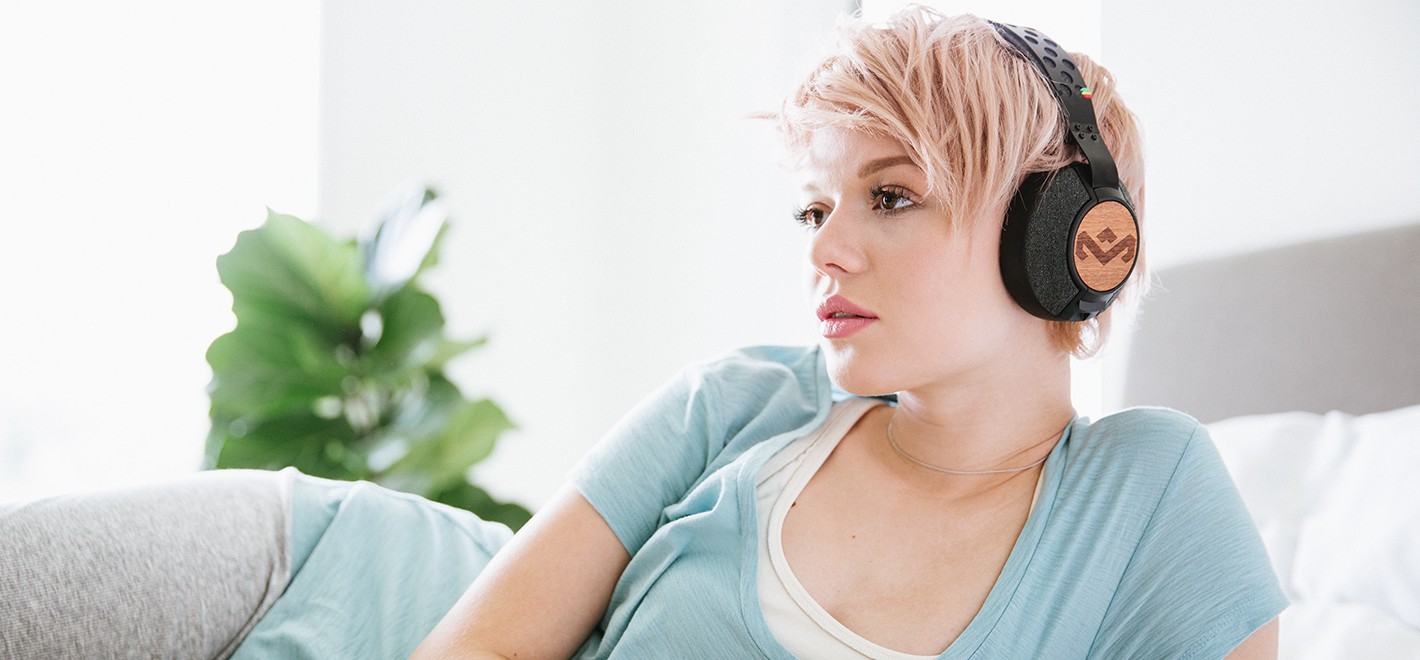
- Professionals need high-quality full-size closed headphones to work with sound.
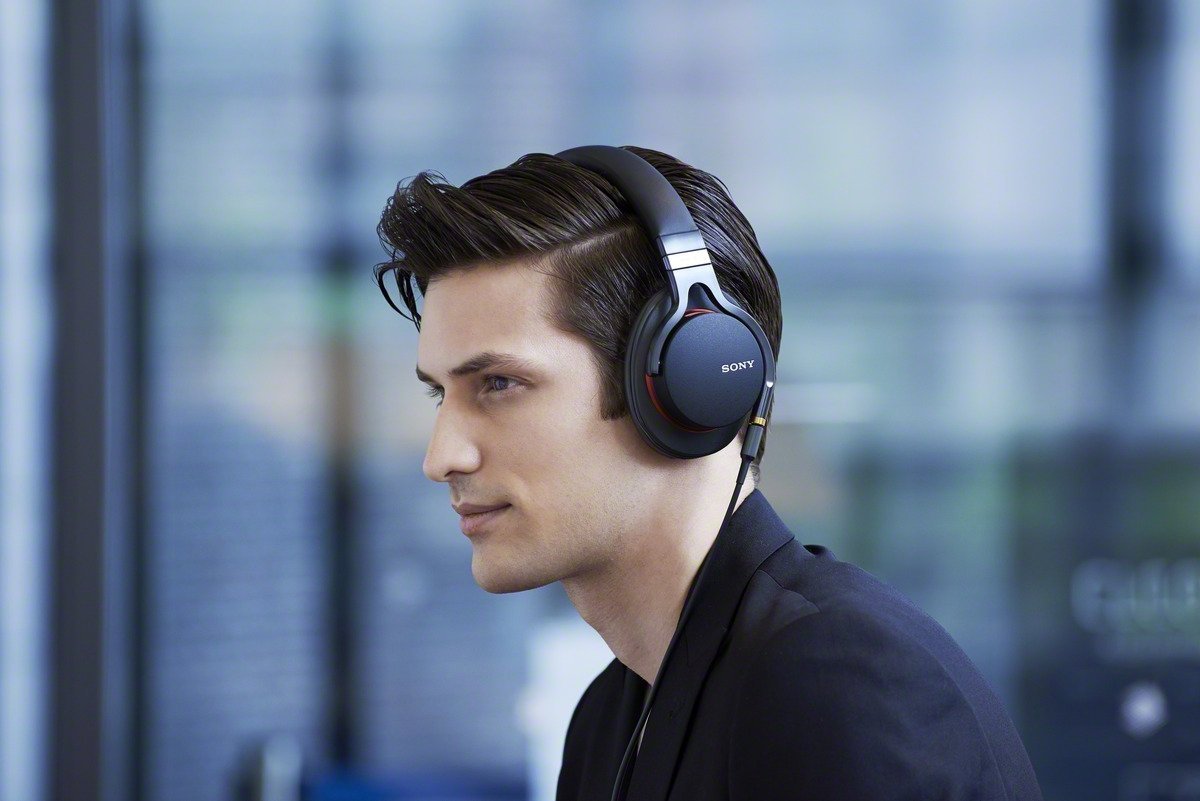
When choosing the most suitable product, you should focus on personal preferences, while not forgetting that the device should be comfortable to use.




